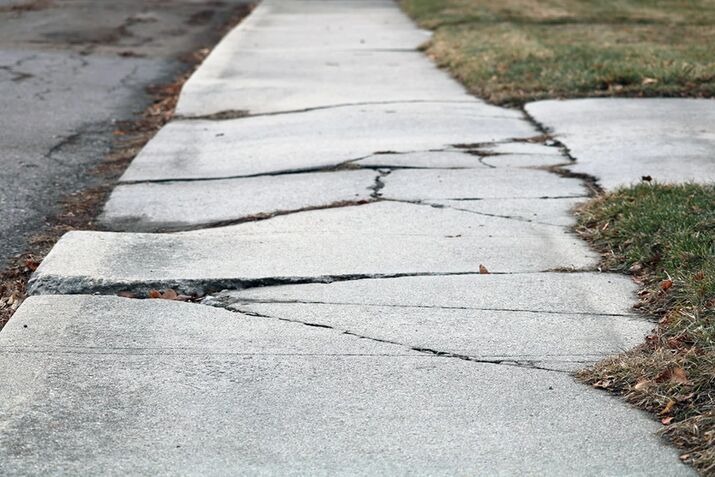Receiving a sidewalk violation notice from the NYC Department of Transportation (DOT) can be an unsettling experience for property owners. This notice usually indicates that your sidewalk has been deemed unsafe or non-compliant with city regulations, and you are required to make repairs within a specified period. Ignoring it can lead to hefty fines, legal consequences, and even the city stepping in to perform the repairs at your expense. To help you navigate this situation, here are five essential tips for handling a NYC DOT sidewalk violation notice.
1. Understand the Violation Notice
The first step in addressing a DOT sidewalk violation notice is to thoroughly understand what the notice entails. The notice will typically include details about the specific issues identified, such as cracks, uneven surfaces, or other hazards that make the sidewalk unsafe for pedestrians. It’s crucial to read the notice carefully and note the deadline by which the repairs must be completed. Understanding the exact nature of the violation will help you determine the scope of work required and allow you to make informed decisions moving forward.
2. Consult a Professional for a Comprehensive Assessment
While the DOT may outline the basic issues, it’s advisable to consult with a professional sidewalk contractor who can provide a comprehensive assessment of the sidewalk’s condition. A professional can identify any additional problems that may not be mentioned in the violation notice but could lead to future issues or violations. This assessment will give you a clearer picture of the repairs needed and prevent any surprises during the repair process. Moreover, a professional contractor can offer guidance on the best methods to repair the sidewalk in compliance with DOT regulations.
3. Obtain Necessary Permits
Before beginning any sidewalk repairs, it’s important to secure the necessary permits from the NYC Department of Transportation. Failing to obtain the required permits can result in further fines and delays in the repair process. Your contractor can typically handle the permit application process for you, ensuring that all work is authorized and complies with city regulations. Keep in mind that working with a licensed and insured contractor who is familiar with NYC’s sidewalk repair guidelines can make the permitting process smoother and reduce the risk of complications.
4. Choose the Right Contractor
Selecting the right contractor is critical when addressing a DOT sidewalk violation. Not all contractors are equipped to handle the specific requirements of NYC sidewalk repairs, so it’s essential to choose one with experience in DOT violation removals. Look for contractors who have a proven track record, proper licensing, and insurance coverage. A reliable contractor will not only perform high-quality repairs but also ensure that all work meets DOT standards, minimizing the risk of future violations. Additionally, they can provide documentation to the DOT that the repairs have been completed, which is necessary to close out the violation.
5. Submit Documentation and Request a Re-Inspection
Once the repairs are completed, the final step is to submit the necessary documentation to the DOT and request a re-inspection. This documentation typically includes before-and-after photos of the repairs, receipts, and any other paperwork that demonstrates the work was done in accordance with DOT guidelines. Requesting a re-inspection ensures that the violation is officially cleared from your record. If the DOT is satisfied with the repairs, they will issue a confirmation that the violation has been resolved. Keeping thorough records of all communications and documentation is also advisable, should any issues arise in the future.
Conclusion
Handling a NYC DOT sidewalk violation notice may seem daunting, but by following these five tips, you can manage the process efficiently and effectively. Understanding the violation, consulting a professional, obtaining the necessary permits, choosing the right contractor, and submitting proper documentation are all key steps to resolving the issue and ensuring your sidewalk is safe and compliant. Taking prompt action will not only help you avoid penalties but also contribute to maintaining a safer environment for everyone in your community.

